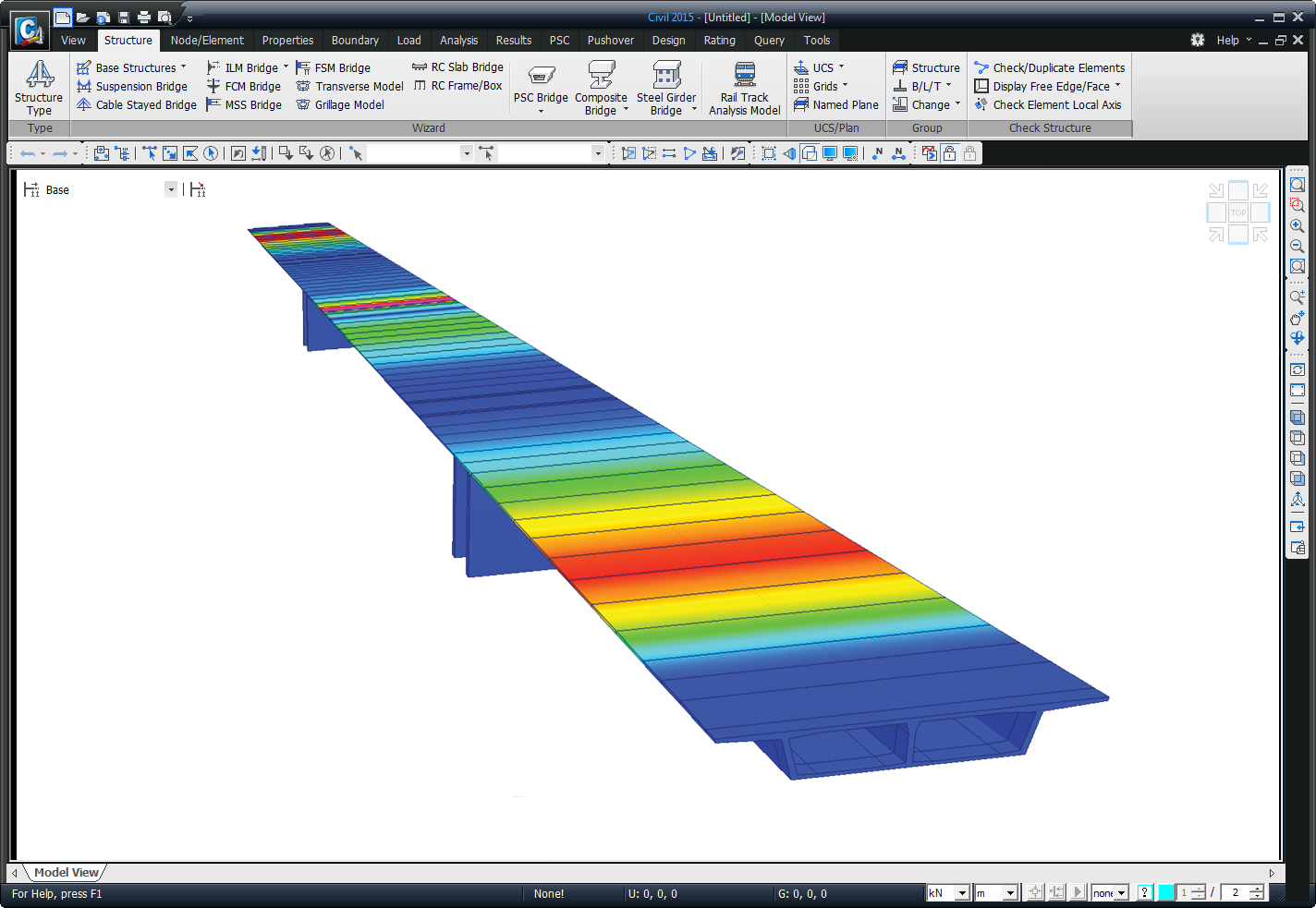

I said, 'This really sucks.' And he said, 'Go in and fix it.' And so I did. He writes extensively about his process and cites another famous contribution when he reworked the horn arrangement on Springsteen's hit, "Tenth Avenue Freeze Out."įrustrated with the '70s-era recording studios and their extensive padding, Van Zandt pulled the horn players out to give the song the sound it needed. That ability to arrange is one Van Zandt has perfected in his musical career. And so, they had to redo it and redo the mix and redo the guitar parts and, you know, he credits me with saving his career at that point, and it wouldn't be the last time," Van Zandt quips. "I just pointed out the fact that you can hear the note from where he was bending from, but you did not hear the note that he was bending to. I love that minor chord change,' and he's like, 'What minor chord change?'" "And I just said to him, 'I just, I love that. And it was quite different from what he had been doing," he said. "Bruce was visiting, and he played me his new song, which was ' Born to Run,' and he was very, very, very excited about it. Years before becoming one of pop culture's best-known consiglieres, Van Zandt was lending his thoughts and advice to another "Boss." Van Zandt would go on to become a founding, and one of the most iconic, members of Springsteen's E Street Band in addition to several successful acts on his own, including Little Steven and The Disciples of Soul. "And then soon realized that we were both the only guys we knew for whom rock 'n' roll was everything you know was a religion." "At that point, I think we bonded doubly so," Van Zandt said. On one such afternoon, he looked across the room and saw Springsteen there doing the same thing. He quips that he was there to steal ideas from these more veteran bands. So, we became friendly that way, just from running into each other," recalls Van Zandt.Ī few years later, Van Zandt began frequenting the famous Café Wha? in Greenwich Village for their Saturday afternoon showcases of bands. And you know, you were a separate tribe from what was normal society at that point. "It was a pretty freaky thing to do to be in a band in those days. It was then that he met the leader The Castiles, Bruce Springsteen. His band, The Source, played nearly every event or battle of the bands in the tri-state area that they could. In fact, making music and arranging songs became a religion to him.

"Literally, the day after the Beatles play this variety show, that 72 million people watched, everybody had a band in the garage, and most of them mercifully stayed there." If you went to your high school dance, it would be an instrumental band," Van Zandt said. You wouldn't see four or five guys singing and playing. "There were no bands in America virtually. Van Zandt tells WPR's " BETA" that for him - like many other American kids from his generation - his path was lit when The Beatles took Ed Sullivan's stage on a February night in 1964. The book logs Van Zandt's fascinating journey of a Jersey kid who dedicated his life to music, arts, activism and education. He recaps these golden moments of his life in his memoir, " Unrequited Infatuations: Odyssey of a Rock and Roll Consigliere." Whether sharing a mic with Bruce Springsteen or sharing some advice for Tony Soprano, Van Zandt has endeared himself to multiple generations and fandoms.

And there is only one who can claim both: Stevie Van Zandt.

There are also few who can claim to be a part of television history and a transcendent show. There are very few who can claim to be a significant part of rock 'n' roll history and a transcendent band.


 0 kommentar(er)
0 kommentar(er)
